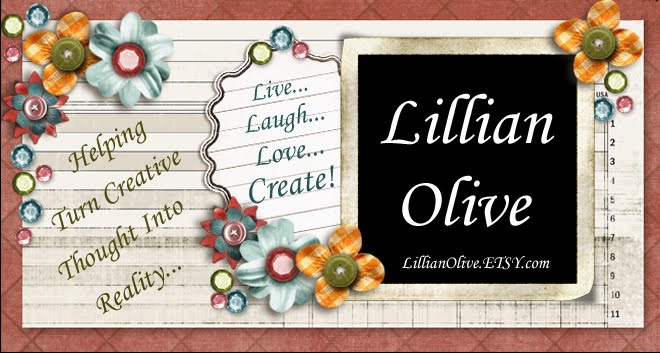When cutting fabric, don't close your scissors all the way to the tips. You will be more likely to get jags and pulls in the fabric if you do. Close them about 90 percent of the way, open, slide forward and keep going without closing all the way to the tips.

Cutting fabric in a straight line isn't as easy as you might think.
- Try marking a line on your fabric using a fabric marker and a yard stick.
- For loosely woven fabrics, try pulling a thread out of the fabric with a pin. When it's out, it will leave you a visible line that you can use as a guide for cutting.
- For tightly woven fabrics, make a small cut in the selvage of the fabric. Tear the fabric, then clean up the line buy cutting a half-inch to an inch away from the torn edge. If the fabric doesn't want to tear, don't force it. You may damage the fabric or destroy its grain.
Another method for cutting slippery fabrics is to iron the fabric to the waxy side of freezer paper before cutting. Experiment with scraps first to make sure the wax won't damage the fabric. Slippery fabrics are often made with synthetic fibers that will melt if ironed at a high temperature.
If only sewing slippery fabrics were that easy!




